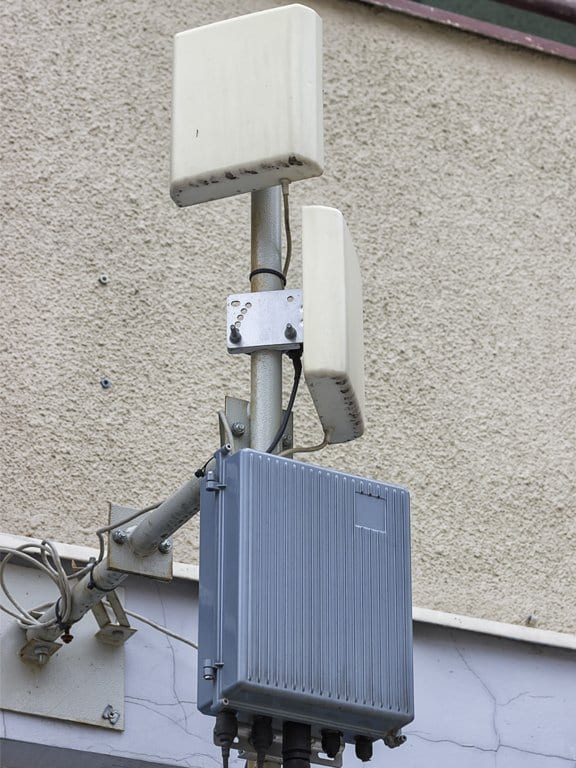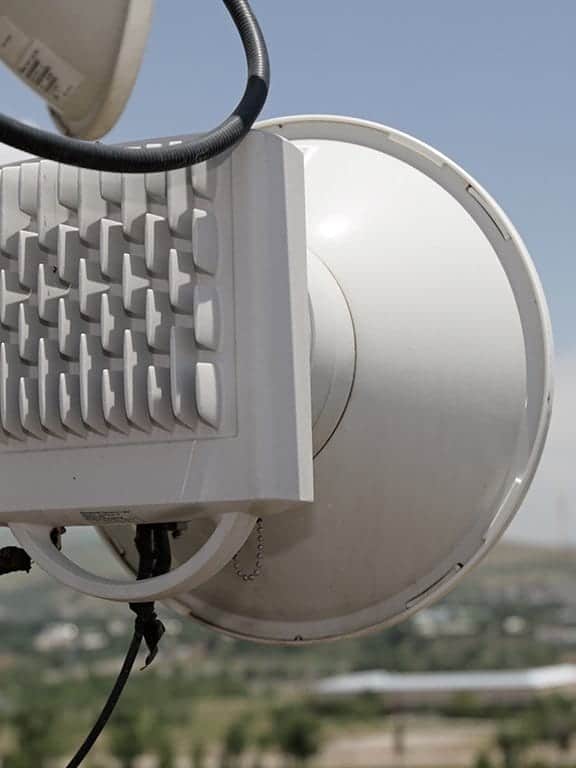Microwave Wireless Links Vs. Fibre Optic Connections
Fibre optic cables and microwave RF links are both reasonably reliable mediums for transferring data. Both types of links offer high speed and bandwidth, good range, and the ability to transfer all types of data between different buildings.
There are enough similarities between the two where it’s easy to be confused about which is more ideal.Overall, fibre optic links tend to be more reliable than microwave links over long distances since they aren’t susceptible to weather conditions. They do not require direct line of sight, either.
However, fibre optic cables on the exterior of a building are an easy target for vandalism, and the installation of these cables requires more effort than simply mounting a pair of microwave satellites. The cost to purchase and maintain these links will depend on the circumstances under which they will be used.There are definite, if minor, differences in the functionality of microwave RF links versus fibre optic cables.
To determine which one is ideal for a business, Active Communication Company Ltd recommends a free on-site survey.
Related topics: Cabling installation Best wifi for schools Installer of wireless
















